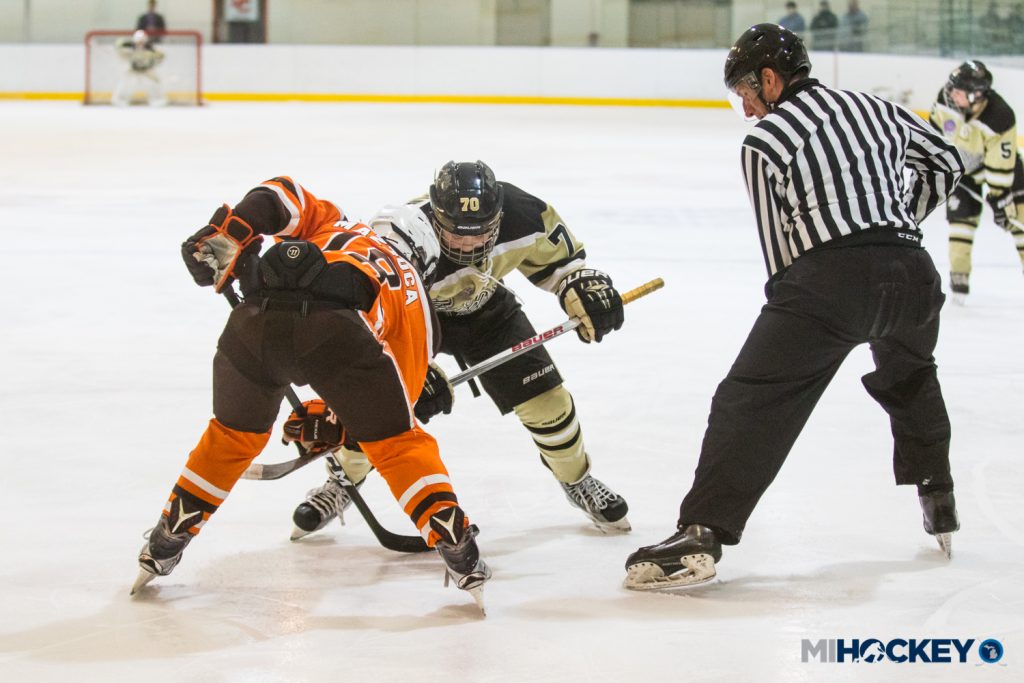New USA Hockey shorthanded icing rule explained

By @MichaelCaples –
Last week, MiHockey reported on a rule change coming to youth hockey at the 14U and lower age levels regarding icing during penalty kills.
A new USA Hockey rule removes the right for a shorthanded team to ice the puck – if a team ices the puck, there will be a whistle and a face-off just like even-strength play.
The Michigan Amateur Hockey Association has posted new information regarding this rule change, explaining the major reason for the change.
The new rule is to encourage more skill development at the 10U, 12U and 14U age groups. By not being able to ice the puck, the players will develop their skills as it regards to puck possession, puck protection and playmaking, as opposed to simply turning and firing the puck blindly down the ice.
“We want to encourage players to get their heads up, think and make skillful, intelligent plays,” said Ken Martel, the technical director of USA Hockey’s American Development Model. “To develop problem-solving skills, we need rules that encourage players to think. Modifying the shorthanded icing rule will accomplish that. Rather than just blasting the puck down the ice, they’ll now be encouraged to skate or pass their way out of trouble, use greater touch to chip a puck out, or even take advantage of a lazy power play and go on the attack.”
USA Hockey collected data from nearly 200 games played with the modified rule that countered the idea that more icings would slow the game down. The average number of shorthanded icings per game with the modified system was only 1.81 – less than two more whistles per game.
The governing body for hockey has also received support from the man in charge of the last two Stanley Cup championships.
“Skill development and play-making is an emphasis at the professional level and it should be an absolute priority at the youth levels, so I support USA Hockey’s decision to change the rule,” said Pittsburgh Penguins head coach Mike Sullivan. “It will encourage kids to make more skill plays with the puck, and that will help develop their full potential as players.”

